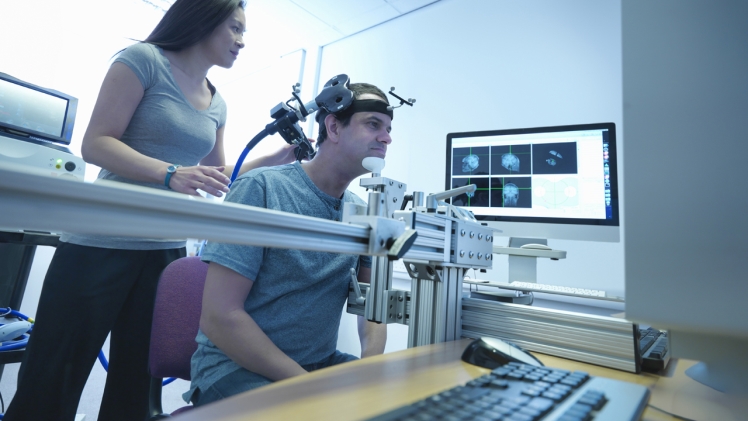Transcranial Magnetic Stimulation is a non-invasive treatment procedure that stimulates the cells of your brain to reduce symptoms of neurological and mental health issues. It produces magnetic energy that turns into an electric current under your skull to help control your emotions. Your doctor can recommend TMS therapy if your symptoms are not improving after using antidepressant medication and psychotherapy. You can also use this treatment if you have adverse effects after taking antidepressants. Bedford TMS therapy can treat various neurological conditions but is commonly known to treat depression.
Procedure
A TMS technician performs Transcranial Magnetic Stimulation therapy. It is an outpatient process, so you do not have to stay in your medical facility overnight. TMS can be done in a medical clinic or a hospital. Before the procedure, your doctor will ask you to remove any magnetic materials you might have, like jewelry.
Your physician will have you sit on a comfortable chair during the procedure. TMS treatment does not require general anesthesia; therefore, you will be awake throughout the process. Your technician recommends wearing earplugs to reduce the clicking sound of magnetic impulses. If it is your first TMS session, the physician will measure the circumference of your head to determine where to place the magnetic coil. Your specialist can do other Tests to personalize the setting of the TMS device and determine the amount of energy needed to stimulate your brain cells.
Your specialist places the electromagnetic coil above the front area of your brain and switches on the TMS machine. As magnetic impulses are being released, you will hear a clicking sound. You can also feel a tapping or knocking sensation beneath the magnetic coil. The entire process takes thirty to sixty minutes. You will require five sessions a week between four to six weeks. The number of sessions will depend on how you respond to this treatment.
Benefits
Minimal side effects
You may experience a few or no side effects after TMS therapy, and most people do not have them. The common side effects of TMS therapy include tingling and mild headaches. These side effects last for a few days. Sometimes the effects can become persistent, which needs immediate medical care. Studies show no long-term side effects have been reported after the TMS procedure.
Treats various conditions
Doctors mostly use TMS therapy to treat depression. This therapy treats neurological and mental health disorders like schizophrenia, obsessive-compulsive disorder, and Parkinson’s disease. Your doctor can recommend TMS if you have chronic pain such as fibromyalgia. It can also control neurotransmitters involved in pain.
It is convenient
TMS treatments take a short time, an hour at most. You can schedule this therapy between your routine duties or school program. Compared to some treatment techniques like medications that cause fatigue and drowsiness altering your daily activities, TMS does not have severe effects. TMS allows you to resume your usual engagements immediately after treatment.
Most studies show TMS treatment reduces symptoms in most patients, with about sixty-five percent getting complete recovery. Schedule an appointment at Innovative Psychiatry Center for TMS therapy to improve your mental and neurological disorders.

